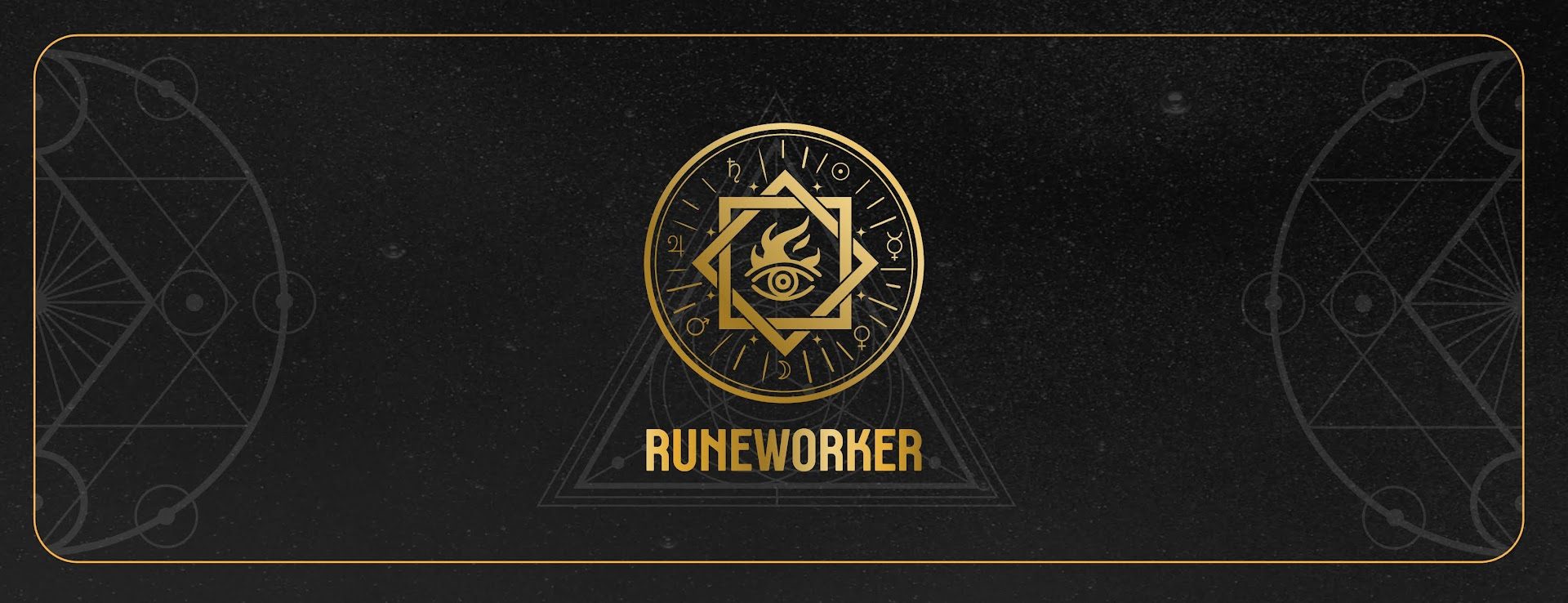In the basic performance of magic with the Runes, there are two methods that are commonly used. They are known as galdr (or galdor) and taufr (or taufir). These can be simple summed up as spells or incantations, and talismans.
Galdr refers to spells, magic enacted through spoken words. In Old Norse, it also has connotations of singing, as the spells may have actually been sung or spoken in a sing-song way. As there are no existing records of how galdr may have been done, contemporary practices that I have found seem to point to two methods.
One method comes from Edred Thorsson, and can be seen in his book, Futhark: A handbook of Rune Magic. In describing the runes of the Elder Futhark, one of the things he notes is the runes Galdr. These are ways of chanting the runes name, as a means to attune oneself to that runes specific energy. This method is derived form Guido von Liszt, who developed a method of chanting runes, seemingly derived from Hindu practice of seed mantras. In Hinduism, there are seed word sounds, which have certain qualities associated with them. By combining these word sounds, you create a full mantra, for a specific effect. Liszt developed his own version, based upon his Armanen runes, which combine vowels and consonants. The vowels represent energies, while the consonants are forms. These are combined to create a galdr for a specific effect. Thorsson developed on this, extending the letters through the Elder Futhark. Then chant the combination to activate the galdr.
The other method uses poetry to write a spell. Using the symbolism of Runes and their meanings, are woven into the galdr, along with poetic devices common to Northern European peoples, namely alliteration (rhyming using the first consonant of a word) and kennings (inventive names used to describe things, people or places). These are then sung or spoken in pitch, to activate the galdr.
Taufr are talismans. Traditionally, they would have been carved on wood, stone, metal or bone. The talisman then serves as the focus of the magic, conveying its power to its target. The power of the taufr comes from the runes placed on it. The purpose of the taufr is determined by the runes placed on it. Some taufr can be generic for helpful purposes, like general luck or good fortune. Others might be specific, such as the Tyr/Teiwaz rune placed on a sword, to aid the user in combat. The sagas give examples of runes being carved into items, which then destroy the item, such as a cup, because the cup was filled with a poisoned beverage, or a special staff is created which delivers a curse upon foreign rulers, which will only end until they leave the country. Historical sites show place markers for property, as well as spells used to bind people to their grave, as the restless, harmful dead were seen as potentials for mischief and harm.
With the exception of certain archeological sites, we have little information about ancient talismans. Even the sites often leave little clues, except for when the magical uses of the runes are made clear, such as binding the dead to their graves. Contemporary practice does have quite a few methods as to how to determine Runes to create talismans. The easiest is with a single rune, which is alignment with your desires and intentions. For example, if you want to shed light on an issue, use Cenaz. If you want to freeze up some harmful actions, use Isa. This method can be expanded upon by combining runes for your intention. Like combining Feoh with Berkana, to gain money and nurture it to grow.
Other methods are based upon chaos magic techniques of sigil production. Writing your intention, eliminate all the double letters. Take the runic equivalent of those letters, and use that to create your taufr. You can also combine them into a graphic design, known as a bind-rune or sigil. This can be used as a means to conceal your intent from others (if you don’t want it known) and in trying to create a graphic that is aesthetically appealing, adds power and intent to your spell.
You could also perform divination, asking the runes for what to use. From using this method, I have had some surprising results, as the runes indicated may often seen unrelated to your desire, but often act upon internal and external energies to help bring your intent into physical manifestation. This is also an excellent method for creating Thorsson type galdr.
Once you have your runes selected, and you have carved them or placed them on the item, at this point a fluid is then placed upon them. Typically, it is a bodily fluid, blood or spit being the most common. A common substitute is alcohol (ale or beer, but even hard liquor) or red dye or paint, which stains the runes red (blood symbolism). At this point a short incantation may be done chanting the runes names, or simply saying “So mote it be” or something along those lines. Then your talisman is complete. It may need to be placed where it is going to exert its influence, such as carried on your person, or deposited near the target of the spell.
